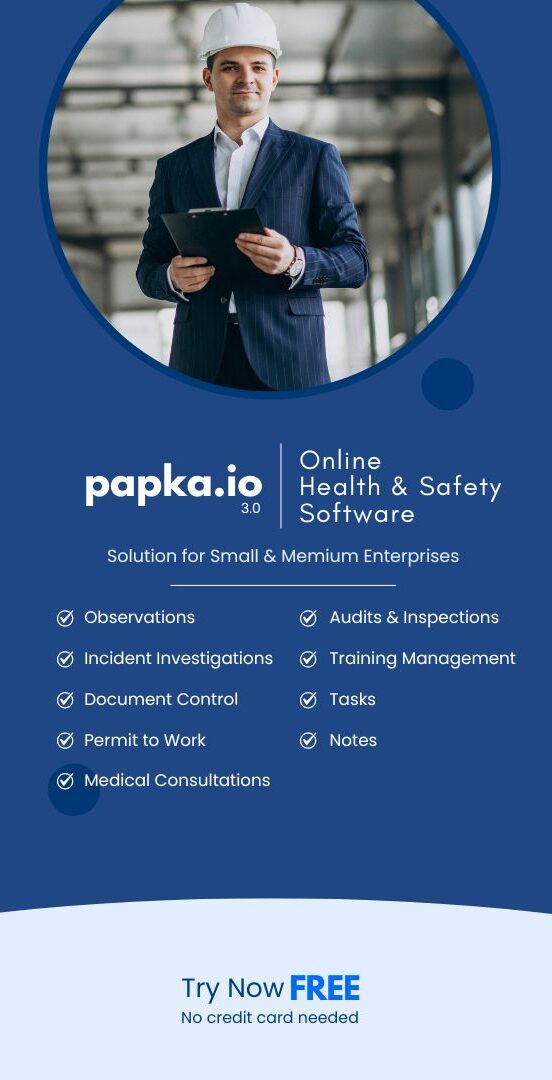Operating Reverse Osmosis Plant Risk Assessment
A reverse osmosis (RO) plant is a water treatment system that uses a semi-permeable membrane to remove dissolved solids, impurities, and minerals from water. The feed water is pressurized and forced through the RO membrane, which filters out impurities and leaves purified water on the other side. The rejected impurities are referred to as concentrate and must be properly disposed of or treated. RO plants are commonly used in industries such as pharmaceuticals, food and beverage, and municipal water treatment.
Operations
Hazards
Controls
- Chemical exposure:
-
- Use proper personal protective equipment (PPE) when handling chemicals.
- Store chemicals in a secure, labeled location.
- Follow the manufacturer’s safety instructions and handling procedures.
- Provide proper ventilation and exhaust when using chemicals.
- High pressure:
-
- Regularly inspect and maintain all high-pressure equipment to ensure proper function.
- Train operators on the proper use and maintenance of high-pressure equipment.
- Install pressure relief valves to prevent over-pressure incidents.
- Use proper protective equipment, such as steel-toed shoes, when working near high-pressure equipment.
- Electrical hazards:
-
- Regularly inspect and maintain electrical equipment to ensure proper function.
- Train operators on the proper use and maintenance of electrical equipment.
- Install proper grounding and overcurrent protection.
- Use proper electrical safety equipment, such as rubber gloves and mats, when working with electrical equipment.
- Water hazards:
-
- Regularly inspect and maintain the RO system to prevent leaks.
- Train operators on proper emergency response procedures in the event of a leak.
- Install proper drainage systems to manage any water that may escape the system.
- Use proper protective equipment, such as rain gear, when working near water.
- Biological growth:
-
- Regularly disinfect the RO system to prevent bacterial growth.
- Train operators on proper disinfection procedures.
- Regularly monitor water quality to detect any potential contamination.
- Implement proper water storage and distribution procedures to minimize the risk of bacterial growth.
- Concentrate disposal:
-
- Properly store and label the concentrate.
- Follow all applicable regulations for the disposal of the concentrate.
- Implement proper disposal procedures to minimize the risk of environmental hazards.
- Regularly monitor the area around the concentrate disposal site to ensure no environmental hazards are present.
Recovery Measures
Good Practices
…
Incidents
Gallery
…

